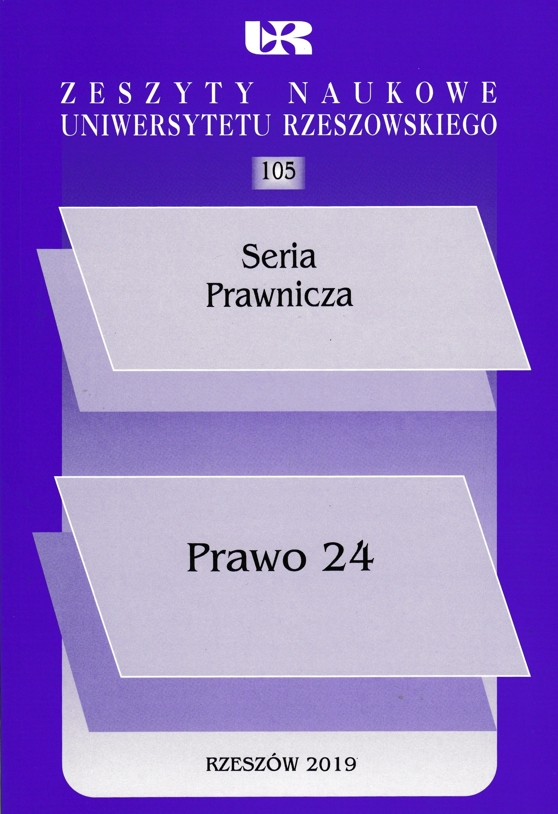In search of origins of the roman circumstantial evidence. Preliminary source questions
DOI:
https://doi.org/10.15584/znurprawo.2019.24.1Keywords:
circumstantial evidence, Roman criminal law, probationes artificiales, signaAbstract
The most typical division of evidence in the Polish criminal procedure is the one into direct proof and indirect proof. Romans did not come up with scientific theory on the evidence and even with theory of the criminal proceedings as well. However, in spite of the absence of proper constructions of circumstantial evidence in Roman criminal law, this is out of question that Roman law allowed to present adminicles in both the quaestio perpetua trial and in the cognitio extra ordinem proceedings. The Roman accusators and advocates used with predilection the circumstantial evidence in the lawsuits to convince the judges. The examination of the most important legal sources: D. 48,19,5 pr. (constitutions of Emperor Trajan) and C. 9,47,16 (constitution of Emperor Constantine the Great) undoubtedly shows that circumstantial legal prosecution was in Roman world fully allowed. Quintilianus distinguished between direct proofs and indirect proofs. He called them probationes inartificiales and probationes artificiales (signa, argumenta, exempla). The most similar to present adminicles were signa.
Downloads
Downloads
Published
How to Cite
Issue
Section
License
Copyright (c) 2019 Acta Iuridica Resoviensia

This work is licensed under a Creative Commons Attribution-NonCommercial-NoDerivatives 4.0 International License.

